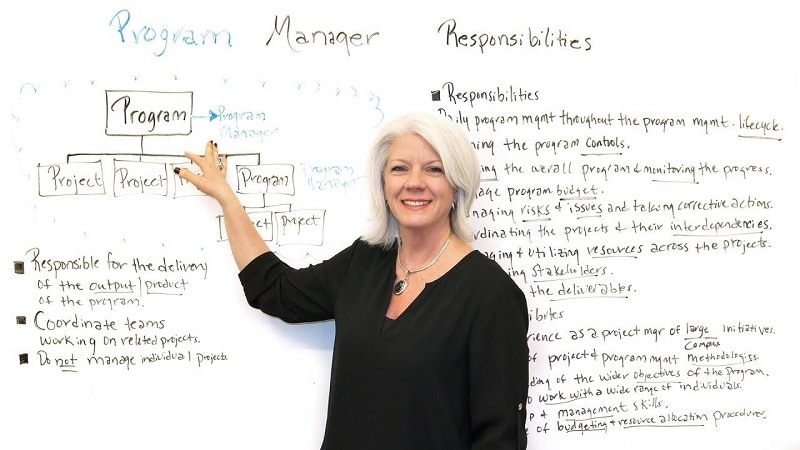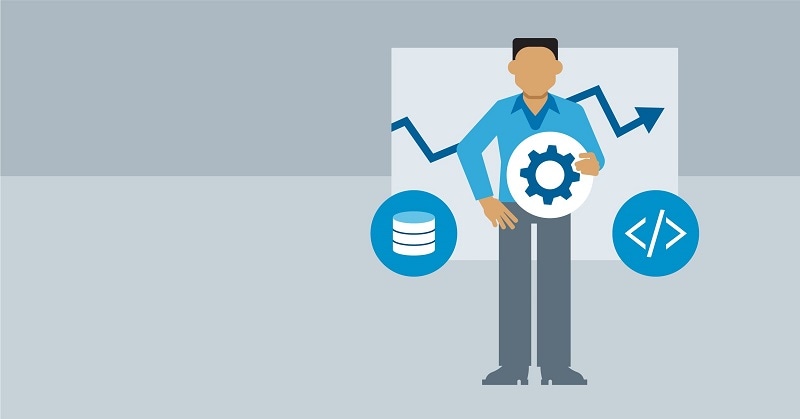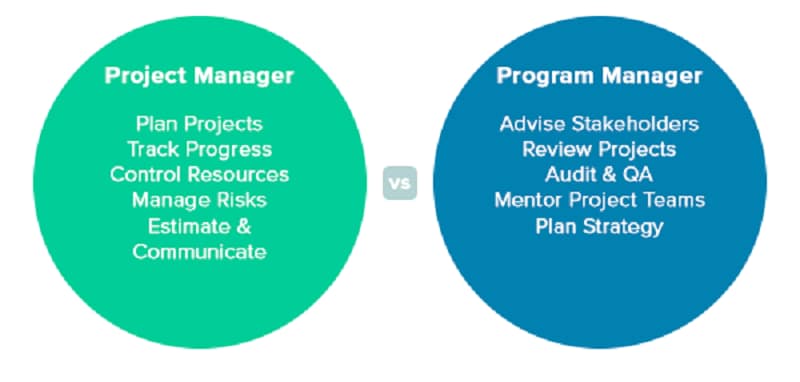Program Manager: The Definition, Roles and Responsibilities
There has been a great amount of increase in program and project management courses and jobs over the past 2 decades, it has mostly been due to the efforts of numerous project management institutes and associations worldwide. Program management has been defined as "the action of carrying out the coordinated organisation, direction and implementation of a dossier of projects and transformation activities to achieve outcomes and realise benefits of strategic importance to the business". It clearly chalks out the role of the business change manager that constitutes the greatest difference between the roles found in project management and in program management. There are still some misperception about the responsibilities of the different actors in program management and their peers in project management. In this article we will discuss the key tasks of program managers and also talk about how they are different from project managers.
- Part 1: What is program manager
- Part 2: Program manager roles in different fields
- Part 3: Program manager vs product manager: What's the difference
- Part 4: Product prototype tool you may need
What Is a Program Manager?
A program manager can also be stated as a "super" project manager. The role of a program manager is mostly operational as this person is in charge for the planning and governance and for supervising the successful delivery of the program's output/product. Even though having information about the busines if of utmost importance, but there is still more pressure on his or her program management abilities. For a program manager to be effective he must have the practical experience of working in the role of a project manager for large and complex initiatives.
Responsibilities of the program manager

- Daily program management right through the program life cycle;
- Defining the program governance (controls);
- Planning the overall program and monitoring the progress;
- Managing the program's budget;
- Managing risks and issues and taking corrective measurements;
- Coordinating the projects and their interdependencies;
- Managing and utilizing resources across projects;
- Managing stakeholders' communication;
- Aligning the deliverables (outputs) to the program's "outcome" with the aid of the business change manager; and
- Managing the main program documentations such as the program initiation document.
Program Manager roles in different fields:
Technical program manager
The predominant responsibility of a technical program manager is to direct all aspects of their technical programs, but what exactly does that involve?

Mostly, TPMs are the ones who are held accountable for the commencement of programs, from forming strategies to execution to delivery to completion while managing and reporting their standing to the program stakeholders and all other parties who are involved throughout the program's lifecycle. They have a very significant role to play throughout several phases of the program for instance analysis, development, and implementation. They are also very vital while mitigating any problems that may arise. TPMs work across various teams to organise all the dependencies involved. This also includes responsibilities such as, negotiating scope, timelines, and roadmaps with the business owners, stakeholders, and the engineering teams.
Google program manager
The responsibilities of a google program manager depends on which team they belong to. Google has both the concept of a Technical Program Manager and a Program Manager. In some teams, TPMs are expected to have the same knowledge as junior engineers.

The best way to define the relationship between all 3 parties is -
- Product sets the direction.
- Engineering determines how we will get there.
- Program Managers will determine how fast/when (velocity) and safely (quality) can we get there.
Surely, there are nuances to all this. A Google Program Manager will also do the traditional bug prioritization, status reports, work with Product Management and Engineering to prepare exec reviews, weekly status reports, establish processes to accelerate and improve engineering team's efficiency. Both TPMs and Google Program Managers have to actively participate in engineering discussions. A word of caution, some Google Product Managers get power trips and will exclude Program Managers from product discussions. Some Product Managers Value Program Management a lot and will actively ensure you partner up together all the time.
IT program manager

The IT program manager is a senior program manager who looks after and manages a team of information systems professionals who are involved in several projects. These IT Program managers are different from project managers, their responsibilities are broader in scope. Whereas a project manager emphasizes on a specific initiative, for instance, the program manager oversees a variety of initiatives to attain a particular organizational result. The program manager's role however demands a degree of technical knowledge, but emphasizes business management skill. Program managers can expect increasing demand for their combined business and technical acumen.
Program manager vs product manager: What's the Difference?
In spite of having different day-to-day responsibilities and tasks, both program managers and project managers manage many moving parts and should must display extreme organization and effectiveness. They both come across several identical challenges and benefit by utilizing similar tools and approaches. A program manager oversees numerous projects and sometimes several programs at the same time, whereas a project manager looks after and manages the teams which are responsible for completing the project and achieving its deliverables.

Generally, a program manager has comprehensive responsibilities as compared to the project manager. Therefore, the program management tools which they utilize are more focused on either the macro, for the program manager, or the micro, for the project manager.
Here is a breakdown of the roles.
Project Manager Responsibilities:
- Managing the project, together with project scope, schedule and resources
- Bring together and managing the project team and their performance
- Delivering effective project outcomes (ensuring it is on time and under budget)Program Manager Responsibilities:
- Supervising several projects
- Handling multiple project teams (and sometimes project managers)
- Delivering successful program outcomes.
Both the roles often differ in their assessments both in what they see on their dashboards and in the abstract, too. Program managers are more calculated in their thinking and deliverables, while the project manager is often working on routine tasks management on a more cellular level.
Product Prototype tool you may need
One of the worst tasks that a product manager is faced with relates to presenting a product wireframe for showing to the designers. If you are a product manager, you would know the headache that comes along with presentation of your product wireframe to a potential client. How about we tell you all your problems are about to be solved?
Wondershare Mockitt is a creative and a brilliant software that can help you with all sort of product wireframe development. With this software, it becomes incredibly convenient to turn provocative designs magically into rich and interactive prototypes without any coding whatsoever—prototype UI designs anywhere: on the web, PC, Mac, or mobile.

Another benefit of Wondershare Mockitt is Interactive teamwork,with the strong team work,you can save an average of 6-8 hours as well as $200 per project! Comment and share feedback with your colleagues in real-time. Mockitt is ideal if members of your team work remotely.
It is bound to make your work professional, reliable, easy to understand and concise for your clients. Program management was never a breeze before!

